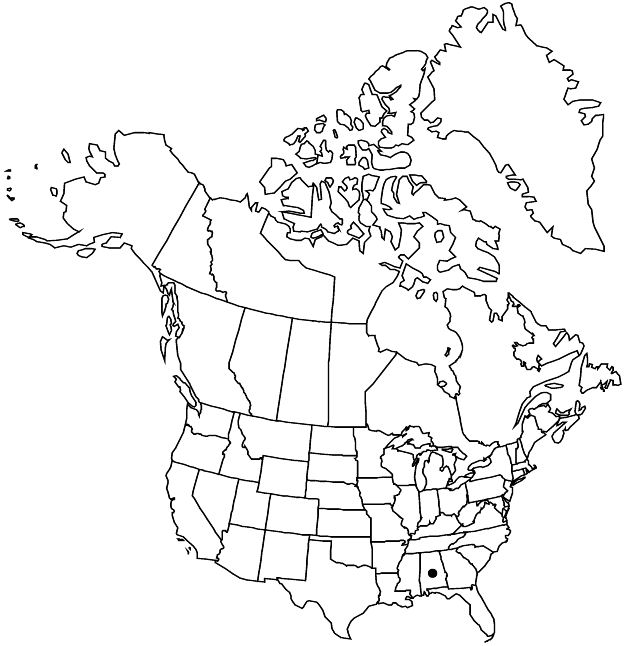Difference between revisions of "Crataegus teres"
Biltmore Bot. Stud. 1: 43. 1901.
imported>Volume Importer |
imported>Volume Importer |
||
| Line 54: | Line 54: | ||
|publication year=1901 | |publication year=1901 | ||
|special status=Endemic | |special status=Endemic | ||
| − | |source xml=https:// | + | |source xml=https://bitbucket.org/aafc-mbb/fna-data-curation/src/2e0870ddd59836b60bcf96646a41e87ea5a5943a/coarse_grained_fna_xml/V9/V9_1076.xml |
|subfamily=Rosaceae subfam. Amygdaloideae | |subfamily=Rosaceae subfam. Amygdaloideae | ||
|tribe=Rosaceae tribe Gillenieae | |tribe=Rosaceae tribe Gillenieae | ||
Latest revision as of 22:53, 5 November 2020
Shrubs or trees, 30–60 dm, branches ± weeping. Stems: twigs slightly flexuous, new growth glabrate, 1-year old tawny to reddish brown, 2-years old dark gray; thorns on twigs ± straight, 2-years old shiny blackish gray, ± fine to ± stout, 2–3 cm. Leaves: petiole length 15–20% blade, ± pilose young, glandular; blade dark green mature adaxially, narrowly obovate, 2–3.5 cm, thin, slightly coriaceous, base ± evenly tapered, lobes 0, margins finely glandular-serrate, veins (2 or)3 or 4 per side, apex flat-triangular to rounded or ± truncate, often minutely cuspidate, adaxially shiny mature, abaxial surface glabrous, adaxial veins sparsely hairy; on extension shoots broadly elliptic to suborbiculate, larger, often slightly incised, strongly serrate. Inflorescences 2–6-flowered; branches glabrate; bracteoles linear, margins glandular. Flowers 16 mm diam.; hypanthium glabrous; sepals narrowly triangular, 4–5 mm, margins glandular-serrate, adaxially sparsely hirsute; anthers pale yellow; styles 2 or 3. Pomes red, ± ellipsoid, 8–10 mm diam., glabrous; sepals spreading, 7 mm; pyrenes 2 or 3.
Phenology: Flowering Mar; fruiting Aug–Sep.
Habitat: Pine woods, sandy fields
Elevation: 0–100 m
Discussion
Crataegus teres, C. attrita, and C. florens appear to form a natural group and may be difficult to distinguish. They share more or less unlobed, rather narrow, subcoriaceous, bright to deep green leaves with more or less sharply denticulate margins, subglabrous herbage, and inflorescence branches subglabrous to pilose, lacking the dense tomentum characteristic of many members of ser. Lacrimatae. They are not part of the C. alabamensis complex. Crataegus teres, the least common of the three, has perhaps the most individual characteristics, including manifesting a merely slightly flexuous twig, having the smoothest leaf tips, and with C. florens, the most venous leaves (usually 3–4 per side), also subglabrous or pilose inflorescence branches, and 2 or 3 styles, an ensemble of characteristics not unlike what might be found in ser. Crus-galli.
Selected References
None.
